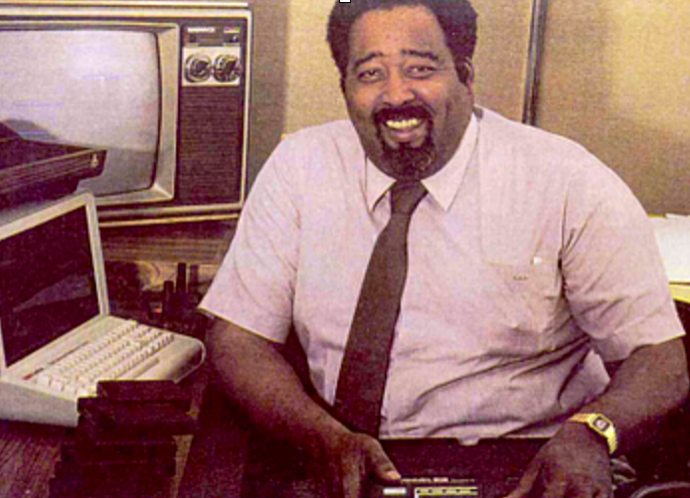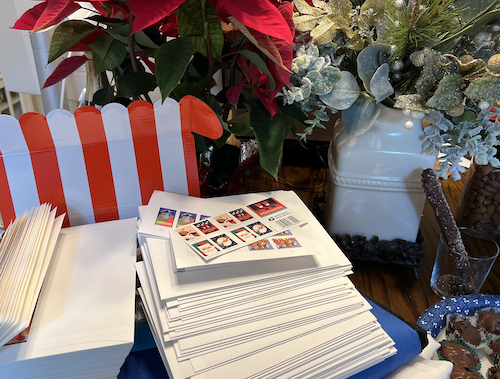Snow!!! We were checking out the last few items at our recent Target shopping trip and chatting with the clerk about how cold and wet it has been with the rain. As we loaded up the bags into the cart, we could hear a steady rise in chatter. Voices could be heard coming from the front of the store. Kids were squealing with glee. A grown adult yelled across the store for his family to come and see. Something exciting was happening!
We made our way to the doors, frantically pushing past other customers who were still completing their purchases. Everyone stuck in the checkout lines were craning their necks in the direction of the loud crowd forming by the exit. We finally made it to the door. I tried not to push over any kids, but I might have knocked over a few display stands. We rounded the corner and beheld the wonder that was sending shockwaves through the multitude. It was snowing! The downpour had crystalized into floating magic.
Big fluffy flakes were in the air. Cars, concrete and customers were covered with snow. The winter storm had blanketed the landscape with a layer of white. Even the palm trees and succulents were frosted. Kids and adults alike were dancing with excitement and reaching for their phones to capture this unusual moment. Of course I did the same and immediately tried to send the pictures to the rest of my family. Cell service was down. Everyone in the valley was doing the same thing! Complete strangers, with huge smiles, were talking with each other. People were abandoning their shopping cards full of treasures just to touch the snow. Kids were building snowballs and snowmen. All of us were jumping through the snowy slush to get to our snow covered cars. It was delightful!
Now, for those of you from the Midwest or from the North who are laughing at us by now, I understand. It is true, we are going crazy at what would be a typical winter Tuesday in your hometown. But keep in mind, snow in SoCal is as rare as finding a person in Los Angeles who can actually drive in it. I found it amazing to observe how the shared experience brought us all together. If anyone was in a bad mood, it seemed to have been washed away with the snow. Smiles. Laughter. Fun.
Have you noticed how shared experiences like that create a higher level of happiness, wonder and excitement? The social dynamics of hearing and seeing others react to the event seems to amplify the moment. That is why I still love going to the theater to see a movie or watch a play. There is an invisible comradery that is formed with the audience. A community emotion seems to dance over you like those fluffy white snowflakes.
Over the last several weeks, as more people return to office, I have had the opportunity to meet with many people I haven’t seen in person since the beginning of the pandemic. Be on the lookout for chances to interact. Take advantage of those shared experiences. Embrace them and celebrate the opportunities to amplify each other’s life-streams as we live life together. Don’t miss it. Slip away from your screens, cameras and cell phones. Look up. Reach out. Enjoy the journey together. And of course, when it snows, scream with excitement and rush outside to build a snowman.







